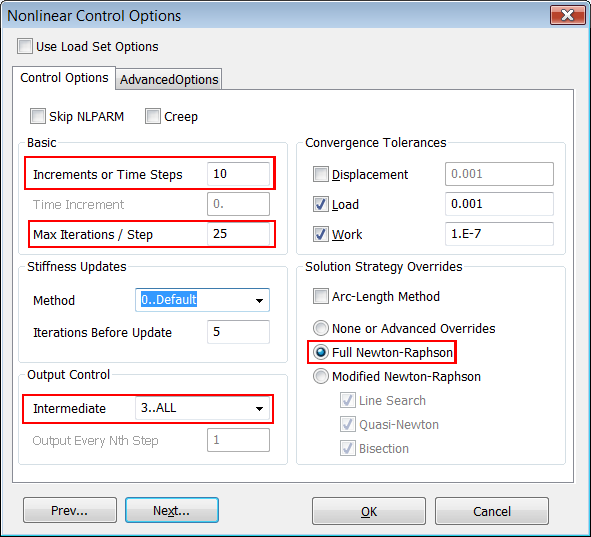Hi,
I'm new in Femap with NX Nastran. I did a lot of examples and my own comparison. Now I'm interesting in Nonlinear analysis. I went through many examples in Femap, Youtube, I read some info in Nastran Guide book.
My question is:
Can I use in Nonlinear Static Analysis load function, e.g. exp(x) or other complex function? So in Loads menu I set Load of "something" with Time/Freq Dependence of my function? Or it is no possible?
Regards
JK
I'm new in Femap with NX Nastran. I did a lot of examples and my own comparison. Now I'm interesting in Nonlinear analysis. I went through many examples in Femap, Youtube, I read some info in Nastran Guide book.
My question is:
Can I use in Nonlinear Static Analysis load function, e.g. exp(x) or other complex function? So in Loads menu I set Load of "something" with Time/Freq Dependence of my function? Or it is no possible?
Regards
JK

